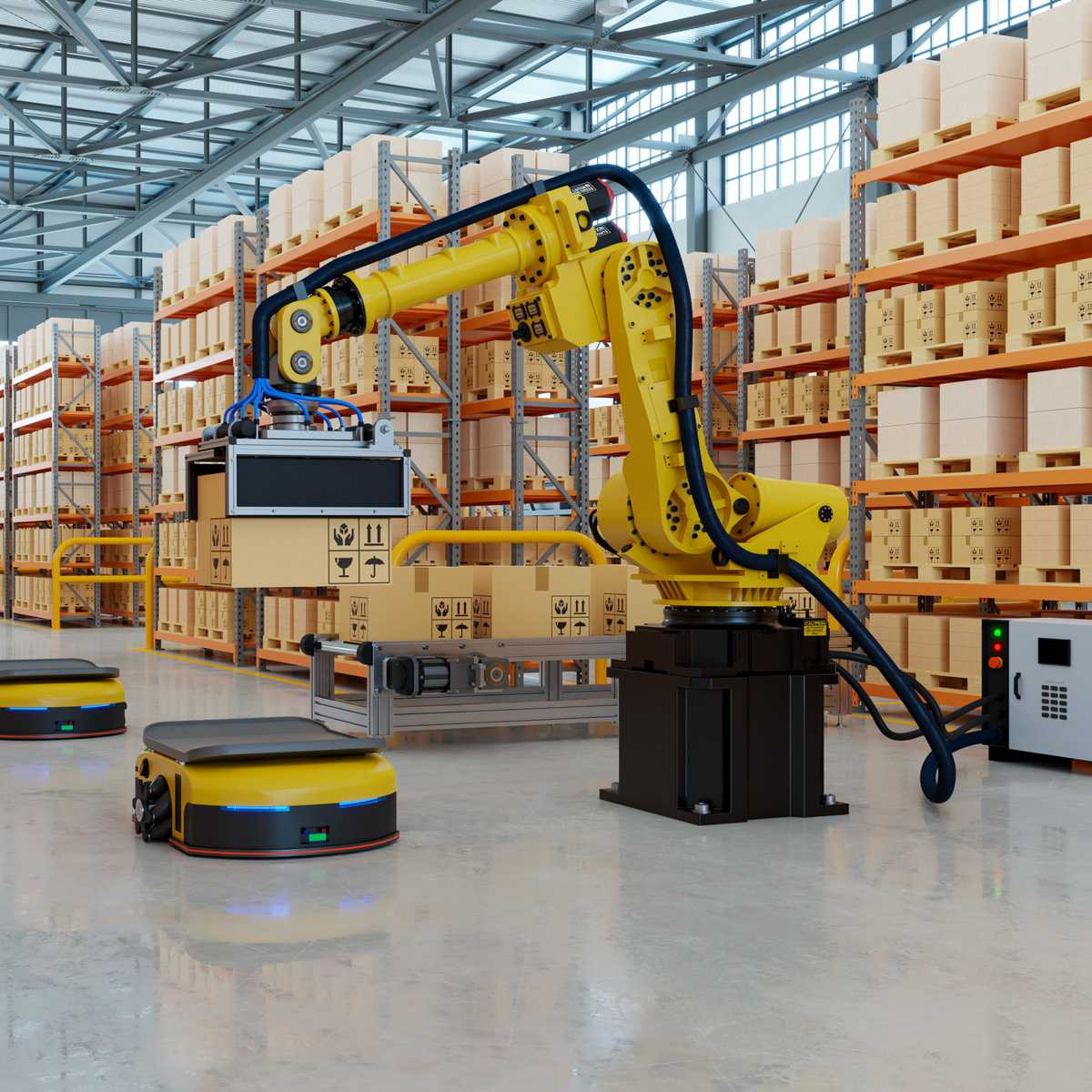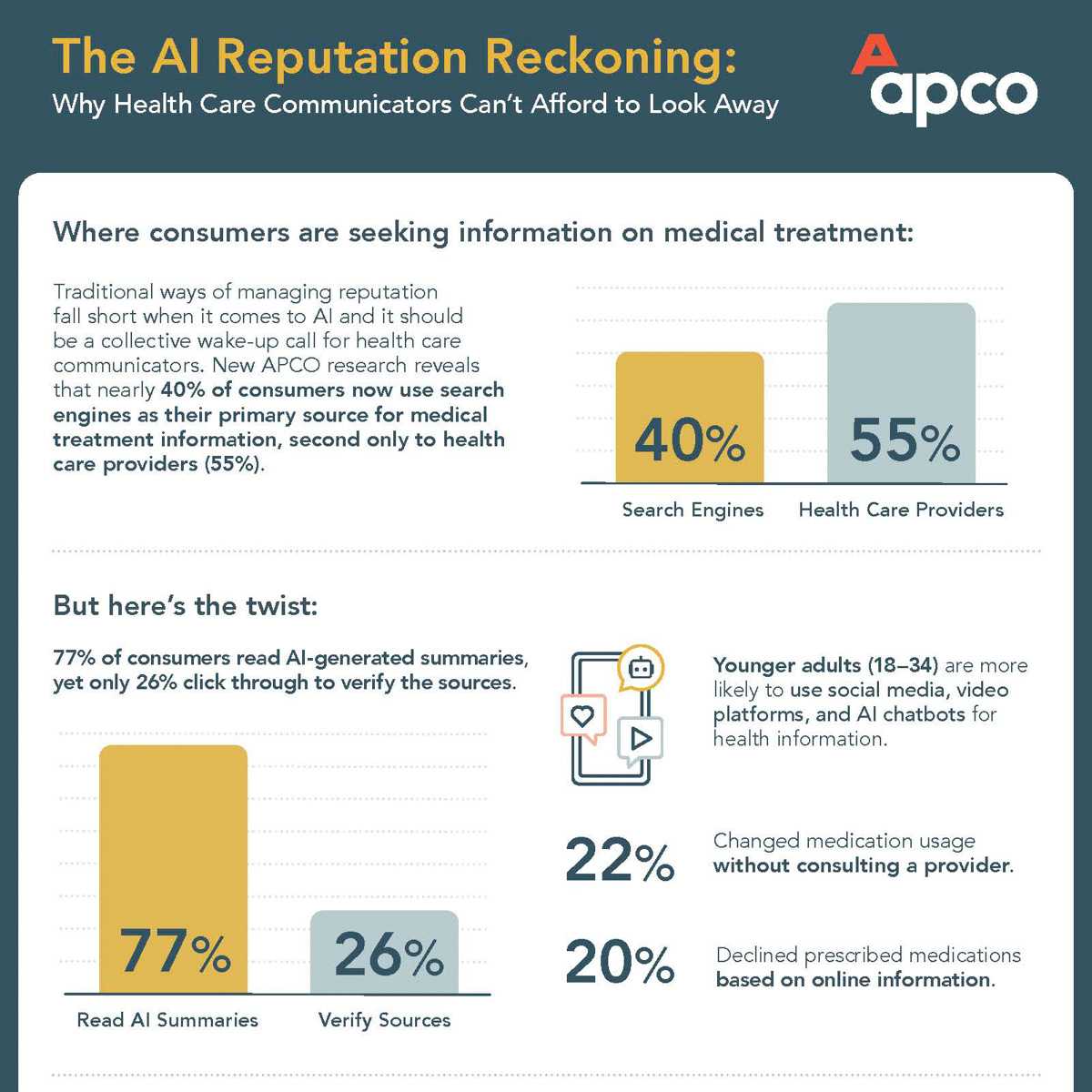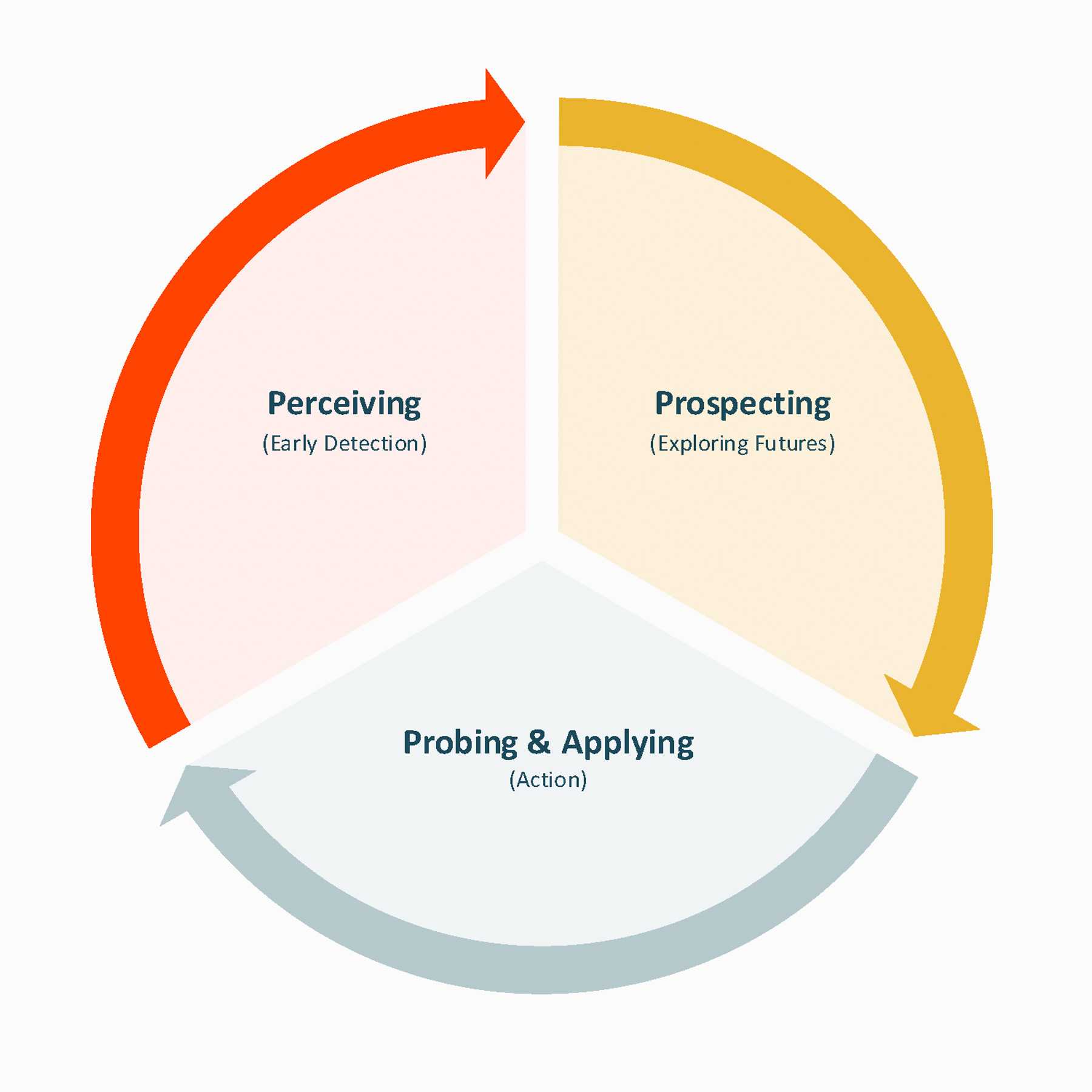

We talk a lot about the future of logistics—drones, EV fleets and robotic warehouses. It all feels within reach. But just beyond that horizon, a quieter transformation is gaining ground: quantum computing.
From a foresight perspective, quantum computing represents a convergence of weak signals—emerging research, niche patents and early pilots—that are beginning to align. This alignment signals a shift from theoretical potential to practical application, especially in industries like logistics, where complexity is a defining factor.
Why Quantum Computing Matters in Logistics
To be clear, the mathematics behind quantum computing is borderline mystifying for most of us. Quantum bits (qubits) can represent both 1 and 0 simultaneously, enabling quantum computers to process vast amounts of data in parallel. Algorithms like quantum annealing and the Quantum Approximate Optimization Algorithm (QAOA) are designed to tackle problems that overwhelm classical computing—not through brute force, but through smarter, probabilistic approaches.
But what we can grasp is this: logistics is fundamentally a problem of complexity. Every day, companies face challenges like determining the best way to deliver thousands of packages across hundreds of cities, optimizing warehouse operations or balancing supply and demand. These problems are what computer scientists call NP-hard problems, from Nondeterministic Polynomial time—problems that grow exponentially more complex as the number of variables increases.
Classical computers struggle with these challenges because they rely on brute force to test every possible solution. Quantum computing, however, offers a smarter approach. Algorithms like QAOA are designed to find good-enough solutions to these complex problems quickly, making them ideal for logistics tasks like route optimization, cargo loading and delivery scheduling.
For example, QAOA has been shown to reduce travel time in logistics operations by up to 30% compared to classical methods. This isn’t just about speed—it’s about finding better solutions that classical computers might miss, such as optimizing routes to reduce carbon footprints or balancing cost and time more effectively.
Signals of Change: Research, Pilots and Patents
The potential of quantum computing in logistics is no longer just theoretical. Early experiments and pilot programs are already showing promise. For instance, a recent Nature article and a study by Argonne National Laboratory demonstrated that QAOA, under specific conditions, can scale more efficiently than traditional methods. Companies like D-Wave and Mphasis are testing hybrid systems that combine quantum and classical computing to improve vehicle routing, warehouse operations and urban delivery performance.
Patents are another signal of this shift. Companies are securing intellectual property for quantum-based solutions to logistics challenges. In the last 12 months, filings at the United States Patent and Trademark Office and the World Intellectual Property Organization have outlined systems to translate supply-demand and routing problems into quantum-optimized solutions.
In other words, companies are starting to secure IP for solutions we haven’t even deployed yet. These filings suggest that businesses are not just exploring quantum logistics—they’re actively preparing for a future where it becomes a competitive necessity. The signals are clear: the companies that act now to secure intellectual property, build quantum literacy and map use cases will be the ones leading the next wave of innovation in logistics.
From a foresight perspective, this is convergence in action: weak signals like research trials, niche patents and early pilots are beginning to align. When that happens, what once felt theoretical starts becoming reality. Quantum computing is no longer just a concept for physicists—it’s becoming a practical tool to tackle the hardest, messiest and most human-scale optimization challenges in logistics, like how to deliver 100,000 packages across 300 cities before the weekend.
Where To From Here?
Of course, there are caveats to this. Hardware remains a limitation, as do issues of interoperability, energy use and quantum algorithm reliability. However, the broader foresight question isn’t whether quantum computing will be used in logistics; it’s when and how prepared we are when it is.
So, what should companies and governments be doing?
1. Build quantum literacy. You don’t need to be a physicist to understand where this is headed.
2. Map use cases. Identify areas where complexity is a bottleneck—vehicle routing, supply chain resilience and cargo scheduling.
3. Watch the signals. Pay attention to patent filings, academic collaborations and hybrid pilot announcements.
Quantum logistics isn’t science fiction. But it’s not science-fact either—not yet. It sits in that creative, uncertain middle zone where most transformative futures first take shape.
The smart move? Start before it’s obvious. By the time quantum computing becomes mainstream, those who prepared early will already be reaping the rewards.


